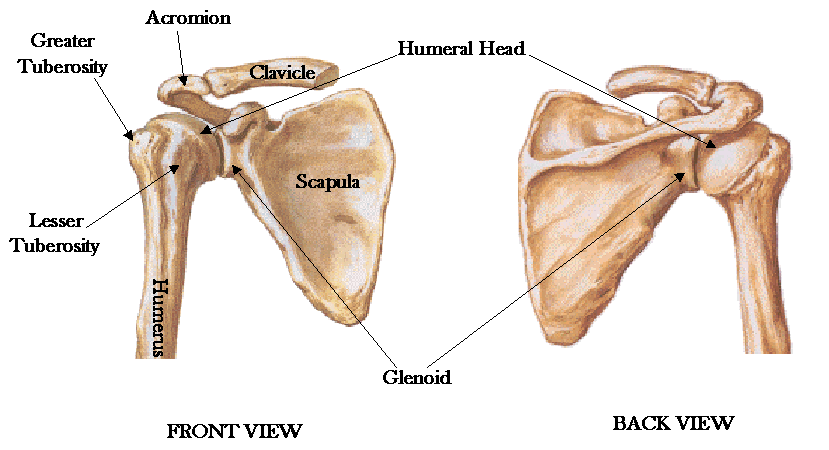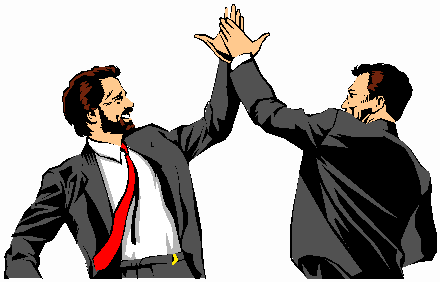The rotator cuff has a very important role – to keep your arm attached to your body. The 4 muscles of the rotator cuff originate on the scapula (see below) and insert on the humerus and keep the head of the humerus centered in the glenoid fossa. Think of the head of the humerus as a golf ball, and the glenoid fossa as the tee.

One of our biggest concerns with repetitive overhead athletes is that the humerus doesn’t stay centered in the glenoid fossa. We are constantly over stretching parts of the cuff and tightening other parts of the cuff. When the 4 muscles of the rotator cuff aren’t balanced, the humerus can shift just slightly and cause all sorts of issues. Dr. Morey Kolber stated it this way at the NSCA's national conference this past weekend "The main cause of anterior shoulder instability is being in the 90/90 position a lot (high five position)." Check out the picture below and tell me that doing that thousands of times won't affect your shoulder.


The shoulder is a very compact area and if something is just slightly off, we are going to see the after-effects, whether in the form of impingement, pain, tightness, dysfunction and so on. Let's get to our practical tip for the day. Hypothetically, let's say you are having shoulder pain and your doctor tells you something along the lines of this:
"You have tendonitis in your shoulder and you should do some band work."
What can you take from that? Some tendon (there are many) is inflamed in your shoulder and a little stretchy tube will cure all your problems. Hold your giggles because I keep hearing something very similar to that all the time! I can't claim to be a shoulder expert, but I know enough about the shoulder to know that there are a few basic things that you need to know how to do as an athlete. Let me give you a visual:
The first video is one of me trying to retract and depress my scapula. As you can see, it's a little difficult for me. If you didn't know, I am pretty big into beach volleyball - meaning I play ALOT. So it's no suprise that I need some work in my scapula control department.
The second video is one of Bobby showing superior control in his scapula. His ability to pack and pull his scapula down and back is pretty darn good.
Where do you go from there? As an athlete, there are tons of exercises you should be doing to help get proper scapula alignment and rotator cuff control - and very few of those involve a typical resistance cord. The first thing you need to focus on is packing and pulling your shoulder blades down and away from your ears. Bobby wrote about that in a previous article, so you can read about that here. You should think about doing that in all of your exercises - planking, rowing, squatting, lunging, doing pushups or pull-ups... the list goes on. Focusing on proper alignment in your scapula during all your exercises will greatly improve shoulder health. That still leaves you plenty of room for questions, so keep looking for the next part of this article that will contain more practical info on how to maintain a healthy shoulder.

